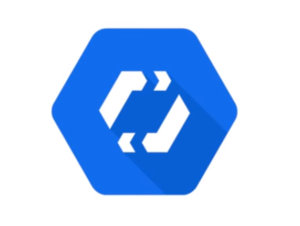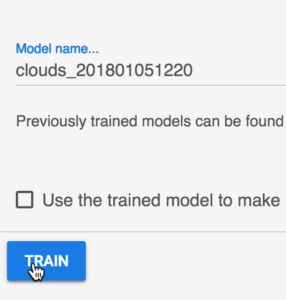
Google to Automate Machine Learning with AutoML Service

Organizations that want to get started with machine learning but are intimidated by the cost and complexity – not to mention the difficulty of finding data scientists — may be interested in a new service Google announced today called Google AutoML.
Google says developers without extensive machine learning experience can use AutoML to train “high quality models” based on Google’s proprietary technology, including its “state of the art” transfer learning and neural architecture search technology.
“Currently, only a handful of businesses in the world have access to the talent and budgets needed to fully appreciate the advancements of ML and AI,” write Google Cloud AI’s chief scientist Fei-Fei Li and Jia Li, head of R&D for Cloud AI, in the Google AutoML announcement that posted today on the Google Cloud blog.
“To close this gap, and to make AI accessible to every business, we’re introducing Cloud AutoML,” they continue. “Cloud AutoML helps businesses with limited ML expertise start building their own high-quality custom models by using advanced techniques like learning2learn and transfer learning from Google.”
The company plans to release a series of services under the Google AutoML banner. The first is AutoML Vision, drag-and-drop environment for building and running image recognition systems using machine learning technology that Google trained on CIFAR and ImageNet, two public image datasets.
Users get started with AutoML Vision by simply uploading sample images to the Google Cloud platform directly from their Web browser, according to the company. The image data can either be labeled or unlabeled, which shows the AutoML system can work in both supervised and unsupervised manners.
Next, the user presses the big blue “TRAIN” button on the screen. Then voila – the AutoML system generates a trained model based on the user’s own image data, complete with analysis and statistics showing the quality of the model.
Users can either put the model into production to identify and classify new images right there from the Web browser, or they can utilize a REST-based API to call the model programmatically, which is the likelier method to be used for big data environments.
Google is shielding users from the machine learning complexity that exists behind the scenes. Users do not need to worry about scaling the model on a distributed system, tuning the model to achieve high performance, or retraining the model to account for changes in the world.
Google says AutoML Vision yields more accurate results than generic machine learning APIs, while being easier to use and delivering a faster turnaround time for production models. “Automatically solve vision problems to high accuracy with no ML expertise required!” tweeted Google’s Senior Fellow and Team Lead of Google Brain Jeff Dean, who added that there will eventually be “many” AutoML products.

Training a computer vision model in Google’s new AutoML Vision service is as easy as hitting the blue “train” button
Google didn’t disclose what additional Google AutoML services it will introduce in the future. But if the direction of neural network technology is any indication, it would likely include some type of speech recognition, natural language processing (NLP), video analysis, and text processing.
Access to AutoML is currently restricted, and users have to request access to the service through this form. It’s unclear how Google plans to monetize AutoML at this point. But it’s expected that Google will likely charge based on the number of API calls made to its service for production environments.
While AutoML isn’t widely available yet, Google has already been working with three early adopters, including the retailer Urban Outfitters, a Disney subsidiary, and the Zoological Society of London.
Urban Outfitters is using AutoML Vision to improve the search functionality. Specifically, it’s looking to “automate the product attribution process by recognizing nuanced product characteristics like patterns and neckline styles,” says Urban Outfitters Data Scientist Alan Rosenwinkel.
Similarly, Disney Consumer Products and Interactive Media is using AutoML to help it “build vision models to annotate our products with Disney characters, product categories, and colors,” says Mike White, CTO and SVP of the division.
The Zoological Society of London is using AutoML to provide automated detection of pictures of wild animals that are taken with a series of camera traps. Currently, the ZSL uses people to manually analyze and annotate millions of images per year, ” which is a labour-intensive and expensive process,” says Sophie Maxwell, ZSL’s conservation technology lead.
This isn’t the first time that Google has sought to automate some aspects of machine learning. Last year, Google rolled out the Cloud ML Engine, while it has offered the Cloud Vision API for several years.
Related Items:
Google Cloud Will Assist With March Madness Brackets
Google Buys Data Science Competition Site Kaggle
How Machine Learning Is Eating the Software World
































